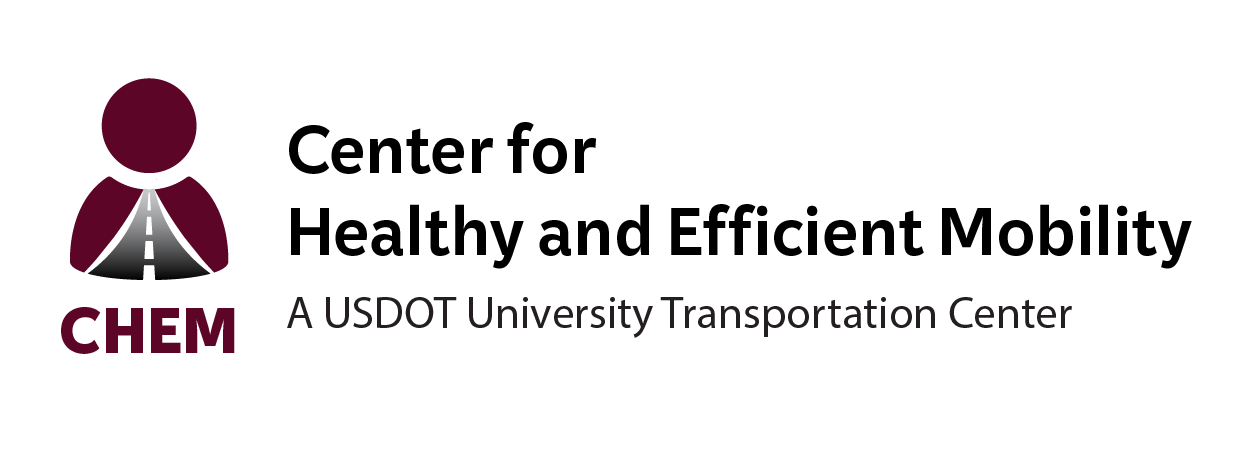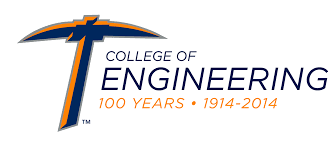Abstract
Inland freight transfer facilities are important components of both global and national economies. These facilities serve as critical hubs that facilitate the efficient movement of goods to-and-from domestic markets to maritime gateways that connect nations to international markets. Inland intermodal terminals for rail and truck freight transfers are of particularly importance to the supply chain system because transport of freight by rail over long haulage distances needed to reach maritime gateways provides unparalleled fuel efficiency and thus avoided emissions, and improves highway safety by significantly reducing truck traffic.
However, similar to maritime ports the inland intermodal terminals can generate significant amounts of air pollution that can have adverse impacts on local climate, human health, and ecosystems. Fortunately, many research studies have identified strategies that can reduce emission contribution to local air quality from inland intermodal terminals. Despite these efforts, studies quantifying the impact of mitigation strategies are sparse because there is no readily available operational and energy consumption data from the various inter-related and stochastic subsystems in a multimodal ports. Furthermore, despite a large knowledgebase on the potential impact of reduced emissions at an aggregate level there is very limited knowledge (if any) on the attribution of these mitigation strategies on local air quality. Therefore, studies that incorporate advance simulation tools to model energy consumption changes in port subsystems in response to mitigation strategies and to model the spatial effect of those changes on local air quality will be able to help ports and regulatory agencies determine the impact on neighboring communities.
This study uses Arena simulation tool to develop a detailed model of internal activities in a typical inland rail and truck intermodal facility. The estimated energy consumption changes and related emission from the port’s subsystems will be used in AERMOD model the local air quality and dispersion of pollutants. Therefore, the study will be able to match different mitigation scenarios with the potential effect on air quality in the neighboring areas.
Research Investigators (PI*)
Franklin Gbologah*, Georgia Institute of Technology
Project Information
Start Date: November 1, 2019
End Date: October 31, 2020
Status: Active
Grant Number: 69A3551747128
Source Organization: CARTEEH UTC
Project Number: GT-03-29
RiP URL
UTC Project Information Form
CARTEEH Focus Area
Transportation System
Emissions & Energy Estimation
Policy & Decision Making
Sponsor
Office of the Assistant Secretary for Research and Technology
University Transportation Centers Program
Department of Transportation
Washington, DC 20590 United States
Performing Organization
Georgia Institute of Technology
School of Civil and Environmental Engineering
225 North Ave NW
Atlanta, GA 30332




